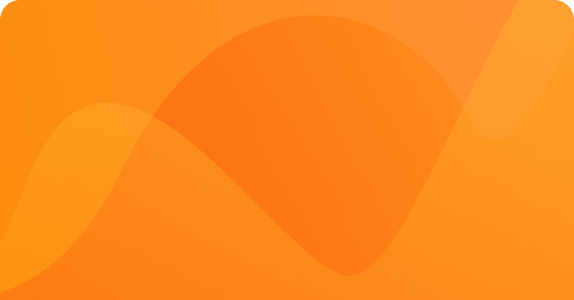UX Educate
UX Educate is here to help you find user experience-related resources and tools for each step of the UX designing journey. Whether you’re a seasoned designer or you’re new to UX, this website can help you design delightful products for users to enjoy!

First Steps
Kicking off your project right will save you lots of time later on.
Learn More

Research
UX research will help you initially find if users need your product.
Learn More

Plan
Planning ahead of time will save you time and money.
Learn More

Wireframe
Wireframe to quickly test a design before committing to it.
Learn More

Mockup
Once committed to a design, create high fidelity mockups.
Learn More

Prototype
Create a realistic prototype with your mockups for testing purposes.
Learn More

Test
Test with users to confirm your product’s usability.
Learn More

Analyze
Analyze your testing results to see what worked and what didn’t.
Learn More

Iterate
Use what you’ve learned to iterate through the process again.
Learn More
What is UX Design?
User experience (UX) design is the process of designing products and services with the user in mind. It is a crucial part of ensuring that a product or service is easy to use, enjoyable, and meets the needs of the people who will be using it. UX design involves conducting research, testing, and prototyping to ensure that the final product is intuitive and user-friendly. Good UX design can help improve customer satisfaction, increase engagement, and drive business success. At its core, UX design is about creating products and services that people will love to use.
Why Should You Learn UX Design?
Learning UX design can be beneficial for a number of reasons. First and foremost, UX design is a highly in-demand skill. As more and more companies recognize the importance of providing a great user experience, the demand for UX designers continues to grow. This means that learning UX design can open up a wide range of job opportunities.
In addition, learning UX design can also help you become a better problem solver. UX design is all about understanding the needs of users and coming up with solutions that address those needs. This requires a deep understanding of human behavior, as well as the ability to think creatively and critically. As a result, learning UX design can help you develop a wide range of valuable skills that are applicable in many different fields.
Finally, learning UX design can also be personally rewarding. As a UX designer, you have the opportunity to create products and services that make a real difference in people's lives. Whether you're designing a new app, a website, or a physical product, your work has the potential to improve people's daily experiences and make their lives better. This can be incredibly fulfilling and can provide a sense of purpose and meaning to your work.
What Does a UX Designer Do?
A UX designer is responsible for creating intuitive, user-friendly products and services. This involves conducting research to understand the needs and behaviors of users, creating prototypes and wireframes to test out design ideas, and working closely with developers to ensure that the final product meets the desired specifications.
A UX designer may work on a wide range of products and services, including websites, apps, software, and physical products. The specific tasks that a UX designer performs can vary depending on the project and the needs of the client. However, some common responsibilities of a UX designer include:
- Conducting user research to understand the needs, behaviors, and pain points of the target audience
- Developing user personas and user journeys to represent the target audience and map out the user experience
- Creating wireframes and prototypes to test out design ideas and gather feedback from users
- Designing the visual and interactive elements of a product or service, including the layout, navigation, and user flow
- Collaborating with other members of the design team, as well as developers and other stakeholders, to ensure that the final product meets the desired specifications
- Testing the final product to identify any issues and making any necessary improvements.
Overall, a UX designer plays a crucial role in ensuring that a product or service is easy to use, enjoyable, and meets the needs of its users.